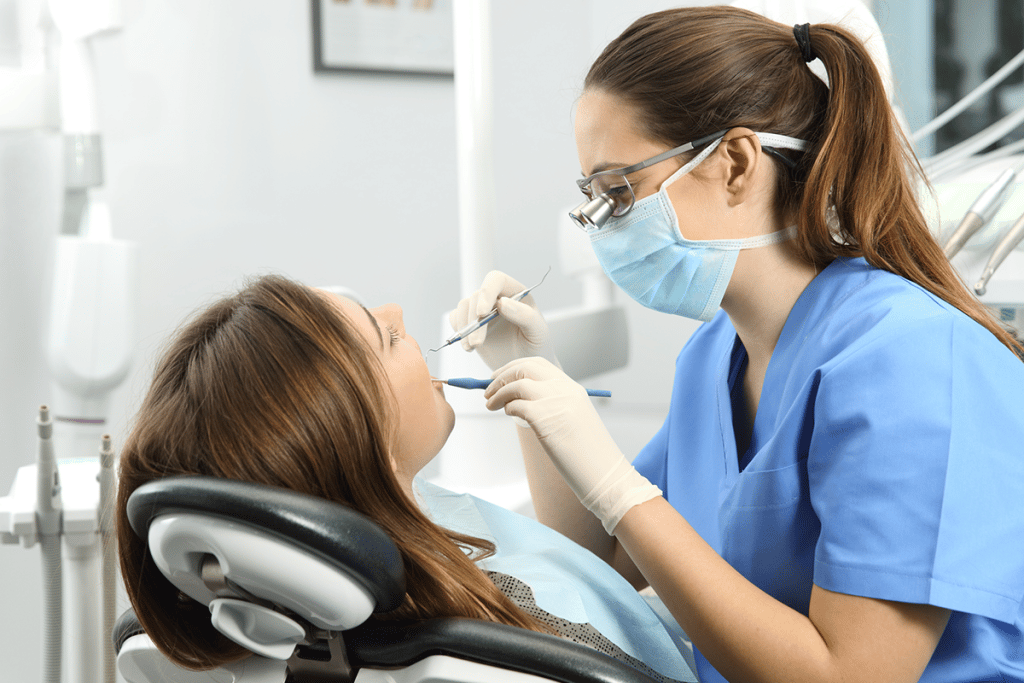4 Signs You Have Periodontal (Gum) Disease

Periodontal disease is more than just red gums that bleed when you floss. It’s a serious dental disease that can lead to dangerous consequences when untreated. The minor symptoms, like gum redness, eventually lead to receding gums, tooth loss, and even infection elsewhere in the body when left untreated. For this reason, early diagnosis and prompt treatment are crucial.
Be on the lookout for these four signs of periodontal disease:
1. Issues With the Gums
Periodontal disease starts with what can seem like minor problems in the gums. These issues include:
- Redness and swelling
- Gum recession
- Bleeding and tenderness
- Discharge from between the gums and teeth
Healthy gums are never red or purplish in color and they should not bleed when you brush or floss. Routine dental exams and cleanings are important because they give us the best opportunity to catch these early warning signs for periodontitis before it progresses to more serious symptoms. If you’ve noticed any of the above changes to your gums, schedule an appointment with us as soon as possible. The good news is that in its earliest stages, treating periodontitis is simple and effective.
2. Bad Breath
Not everyone who has bad breath has gum disease. That said, if you’re experiencing the changes to your gums outlined above and you have bad breath, it’s a very strong possibility that you have periodontal disease. Bad breath occurs because periodontitis is a chronic bacterial infection. Because the bacteria that causes gum disease settles below the gum line, it cannot be removed by brushing and flossing. It releases an acid that causes tooth decay and also emits a foul odor, both of which cause bad breath.
Of course, it’s not always easy to tell if you have bad breath; cupping your hands to your mouth and breathing into them isn’t the most effective test. If you have a persistent unpleasant taste in your mouth, that’s an indicator of bad breath and periodontal disease.
3. Gum Pockets
As periodontitis progresses, the gums begin to recede and pockets begin to form. These pockets are gaps between the gums and the roots of the teeth where tartar collects. The more tartar that collects, the deeper the pockets become. The only way to remove the collected debris from these pockets is with a professional treatment called scaling and root planing, which involves using a dental instrument to scrape away the tartar, and then a second instrument to smooth the root of the tooth, allowing the gum to reattach.
4. Teeth Changes
Contrary to its name, gum disease doesn’t only impact the gums. It impacts the health of your whole mouth. Periodontal disease can cause the following changes to your teeth:
- Increased sensitivity, especially to sweet and cold foods
- Loose teeth
- Longer teeth
- Pain when eating
- A feeling that your teeth no longer fit together when biting down
- New gaps forming between your teeth
These are some of the most serious signs of gum disease and it’s critical to get treatment before irreversible damage occurs.
Learn More About Periodontal Disease Treatment
If you suspect you may have gum disease, contact us today at 202-922-2900 to schedule an appointment.
